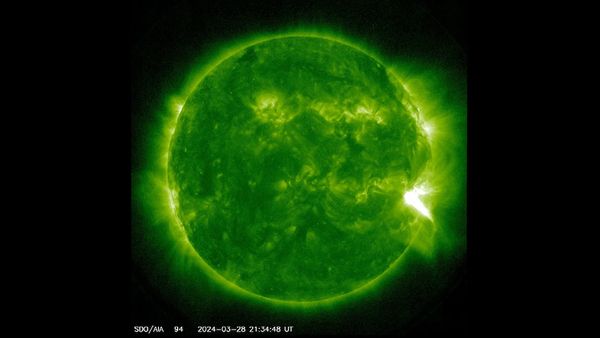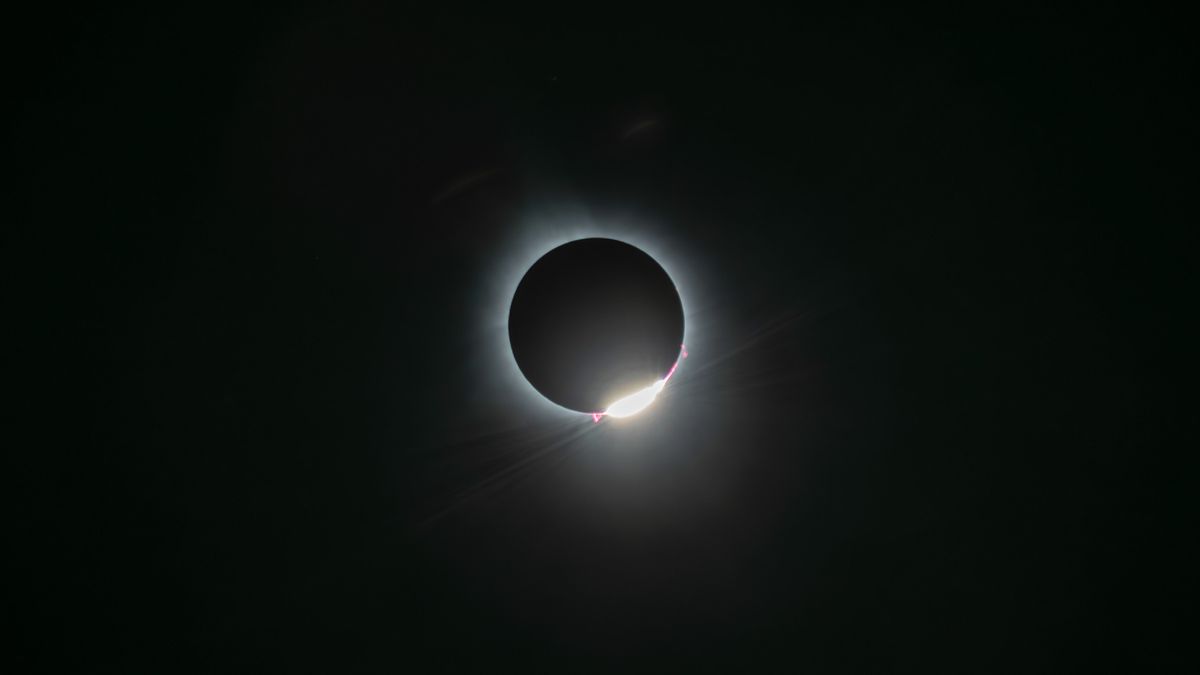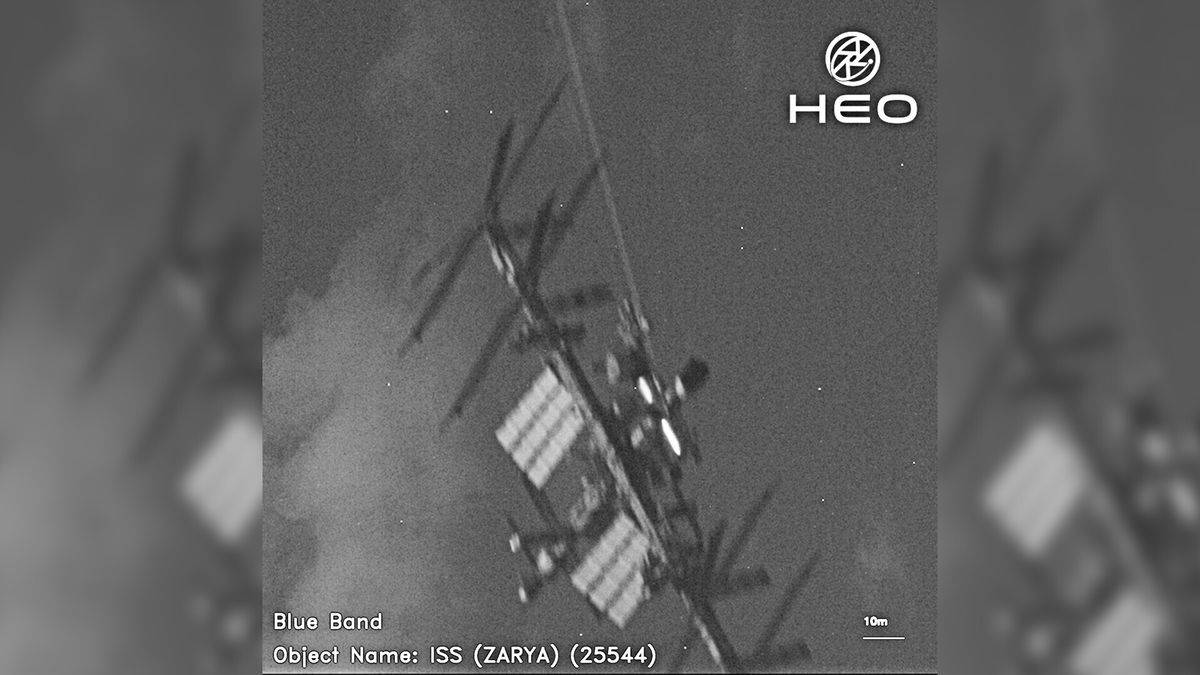Sun’s Massive Solar Flare Detected by Satellites
Satellites has detected a massive solar flare on the sun powerful enough to ionize part of Earth’s atmosphere. Scientists observed the solar flare emerging from the sun’s bottom on Thursday utilizing satellites from the National Oceanic and Atmospheric Administration (NOAA), according to the organization’s Space Weather Prediction Center.
The solar flare, which reached its peak at 4:56 p.m. ET, was classified as an X1.1 flare. X-class flares are the most potent type of explosion the sun can emit, as explained by NASA. The explosion was so intense that it ionized the top of Earth’s atmosphere, leading to a deep shortwave radio blackout over the Pacific Ocean, as reported by SpaceWeather.com.
CME and Mitigation Efforts
Moreover, the solar outburst was accompanied by a massive release of plasma known as a coronal mass ejection (CME). Initially, NOAA scientists were concerned that the CME might collide with Earth, potentially triggering a geomagnetic storm affecting satellites, radio communications, and other infrastructure. However, on Friday, the agency announced that the outburst was likely to miss Earth.
This solar event follows a “double” X-class flare that occurred on Monday, causing the most powerful geomagnetic storm on Earth in six years. The event consisted of two simultaneous explosions, a rare occurrence known as a sympathetic solar flare.
Solar Cycle and Recent Activity
The succession of solar events has led scientists to believe that the sun may have entered its explosive phase of peak activity, known as solar maximum, which appears to be starting a year earlier than previous forecasts anticipated. However, researchers must wait for the sun to “calm down” before confirming this hypothesis.
X-class flares are most frequent during solar maximum, a phase in the sun’s 11-year solar cycle. In 2024, seven X-class flares, including the latest one, have been recorded, marking half the number that reached Earth in 2023, according to Live Science’s previous reports.
Image/Photo credit: source url





